The ACM/IEEE International Human-Robot Interaction Conference (#HRI2025) in Melbourne has wrapped up and our team had a fantastic time at the conference.
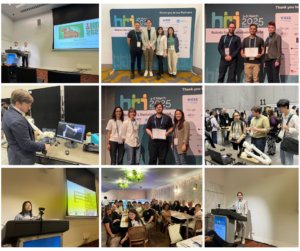
Special congratulations to our researchers who were awarded prizes for their submissions:
* Best Demo for “What Would Jim Henson Do? Roleplaying Human-Robot Collaborations Through Puppeteering”, by PhD researcher James Dwyer, Stine Johansen, Jared Donovan, Rafael Gomez FDIA & Markus Rittenbruch (QUT (Queensland University of Technology))
* Best Late-Breaking Report for “Redrawing Boundaries: Systemic Impacts of Rehabilitation Robots in Clinical Care Settings” by visiting PhD researcher, Amir Asadi, Damith Herath, Grant Shaw, Glenda Caldwell & Elizabeth Williams
It was also exciting to have several of our researchers present their work:
* PhD researcher Jasper Vermeulen and postdoctoral researcher Alan Burden led the in-person part of the Virtual, Augmented, and Mixed Reality for Human-Robot Interaction Workshop (VAM-HRI), organised by: Selen Turkay, Maciej Woźniak, Gregory LeMasurier, Glenda Caldwell, Jasper Vermeulen, Alan Burden
* PhD researcher Yuan Liu from QUT (Queensland University of Technology) presented a paper in the workshop: “Augmented Reality for Human Decision Making and Human-Robot Collaboration: A Case Study in A Gasket Room in Manufacturing”
* Müge Belek Fialho Teixeira was part of the Cultural Robotics: Diversified Sustainable Practices workshop organised by Belinda Dunstan, Jeffrey TKV Koh, Hooman Samani, Müge Belek Fialho Teixeira
* Jasper Vermeulen presented a late breaking report “Investigating Human Factors in Mako-Assisted Total Knee Arthroplasty Surgeries”, by Jasper Vermeulen, Alan Burden, Glenda Caldwell, Müge Belek Fialho Teixeira, & Matthias Guertler
* Stine Johansen, Markus Rittenbruch & Jared Donovan presented their paper on Embodied Composition for Imagining Robotic Sound Space
* Fouad (Fred) Sukkar & Teresa Vidal Calleja shared their insights on enabling safe, active, and interactive human-robot collaboration via smooth distance fields
* Dong An & Markus Rittenbruch explored the design of extended reality-enabled tangible interaction to enhance collaborative robot interaction.
* The Swinburne team, led by Mats Isaksson hosted a tour of the Intelligent Robotics Lab, giving attendees a chance to see some more robot demos.
One of the highlights of the conference was also the opportunity for our teams from University of Technology Sydney, Swinburne University of Technology, and QUT (Queensland University of Technology)—along with friends, both old and new from all over Australia and the world—to come together for a dinner.
The full conference proceedings can be found HERE.
We are already looking forward to #HRI2026 in Edinburgh!

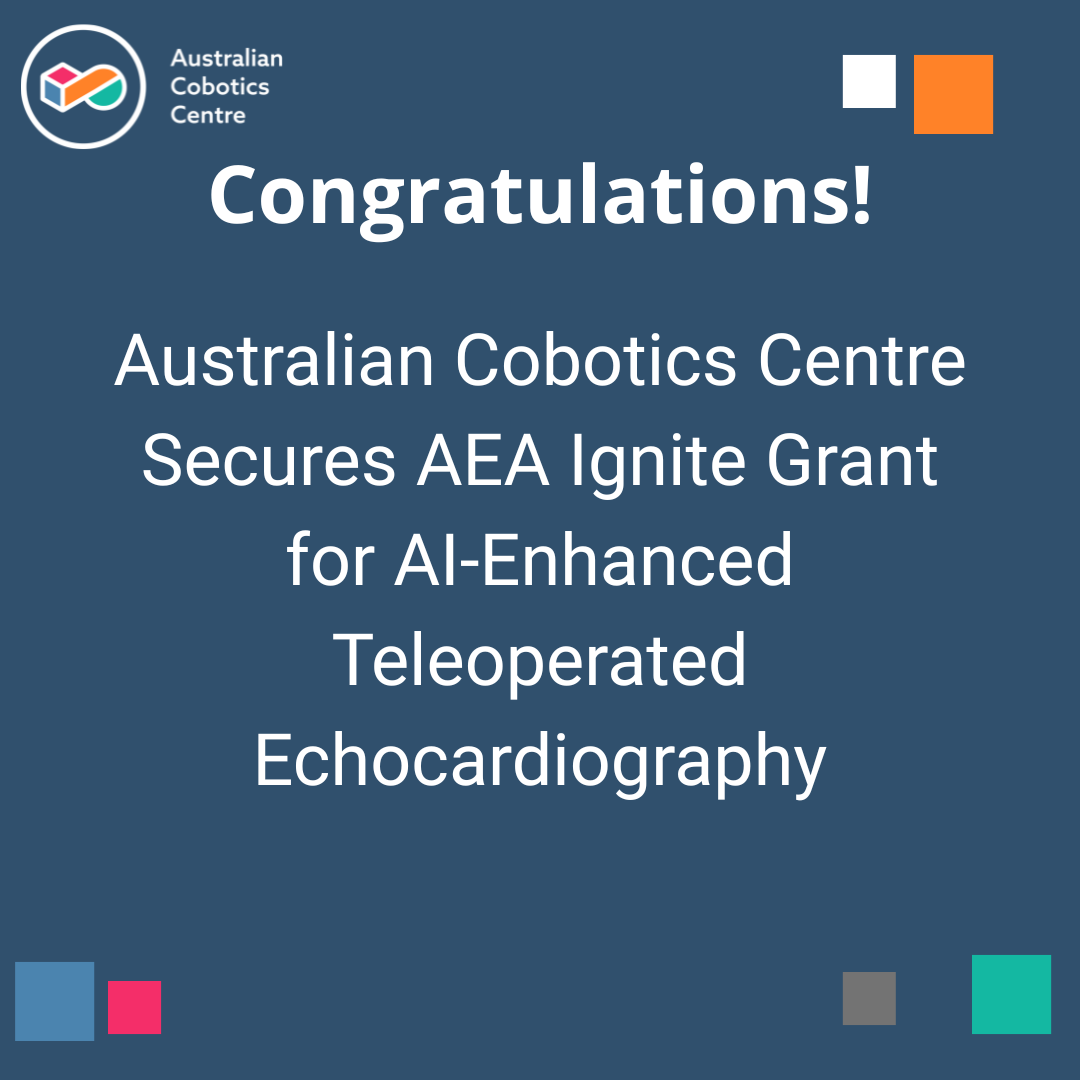
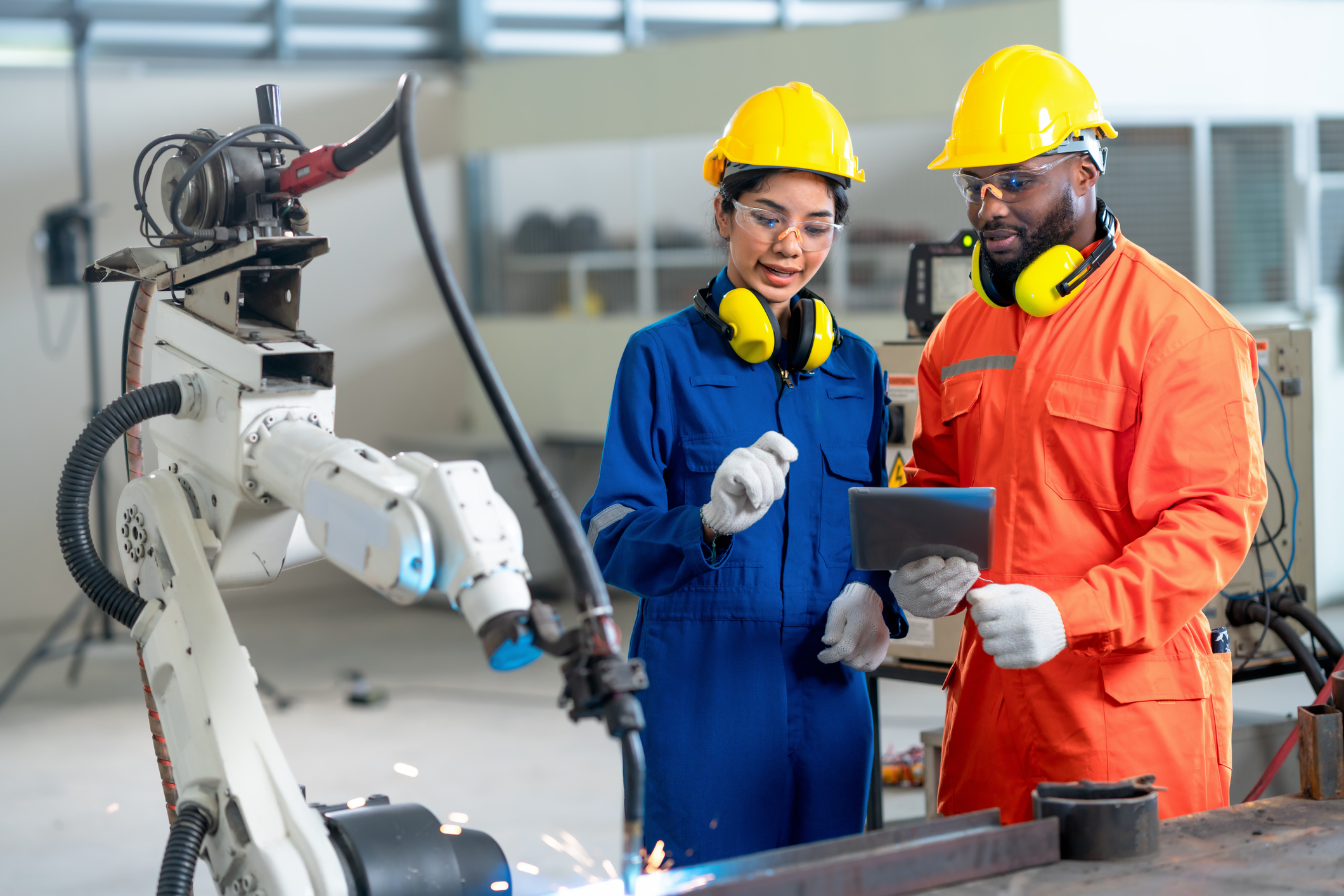
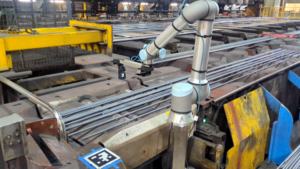
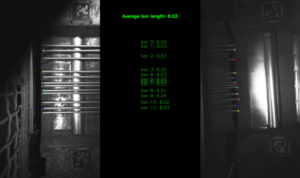
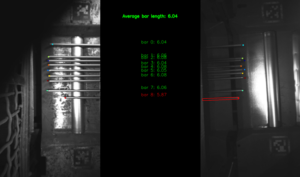



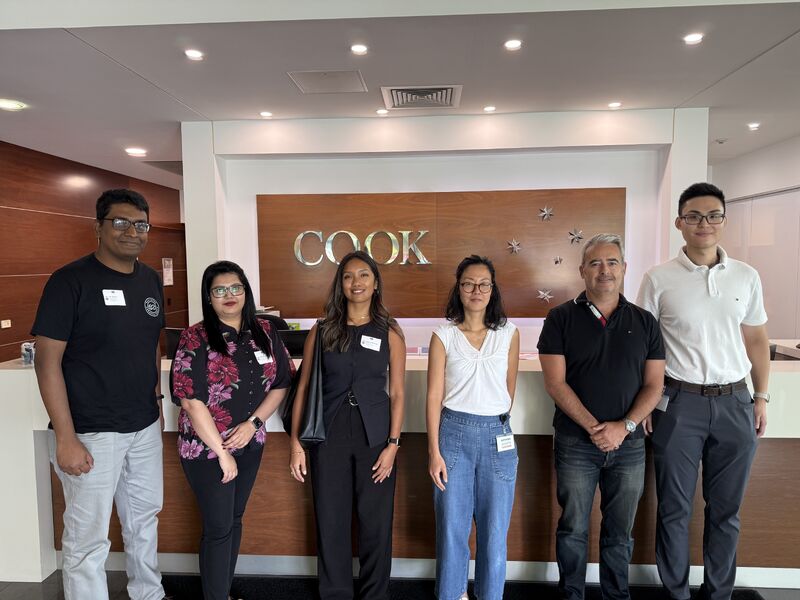
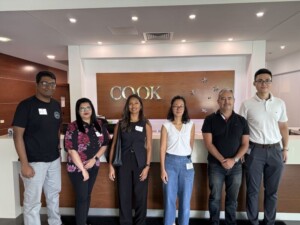 Quality Assurance and Compliance researchers, Dr.
Quality Assurance and Compliance researchers, Dr. 
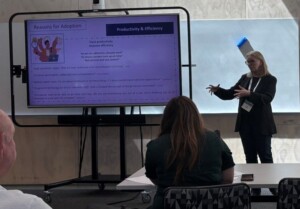
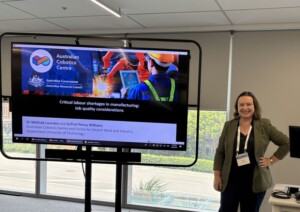

 We are pleased to welcome
We are pleased to welcome 

